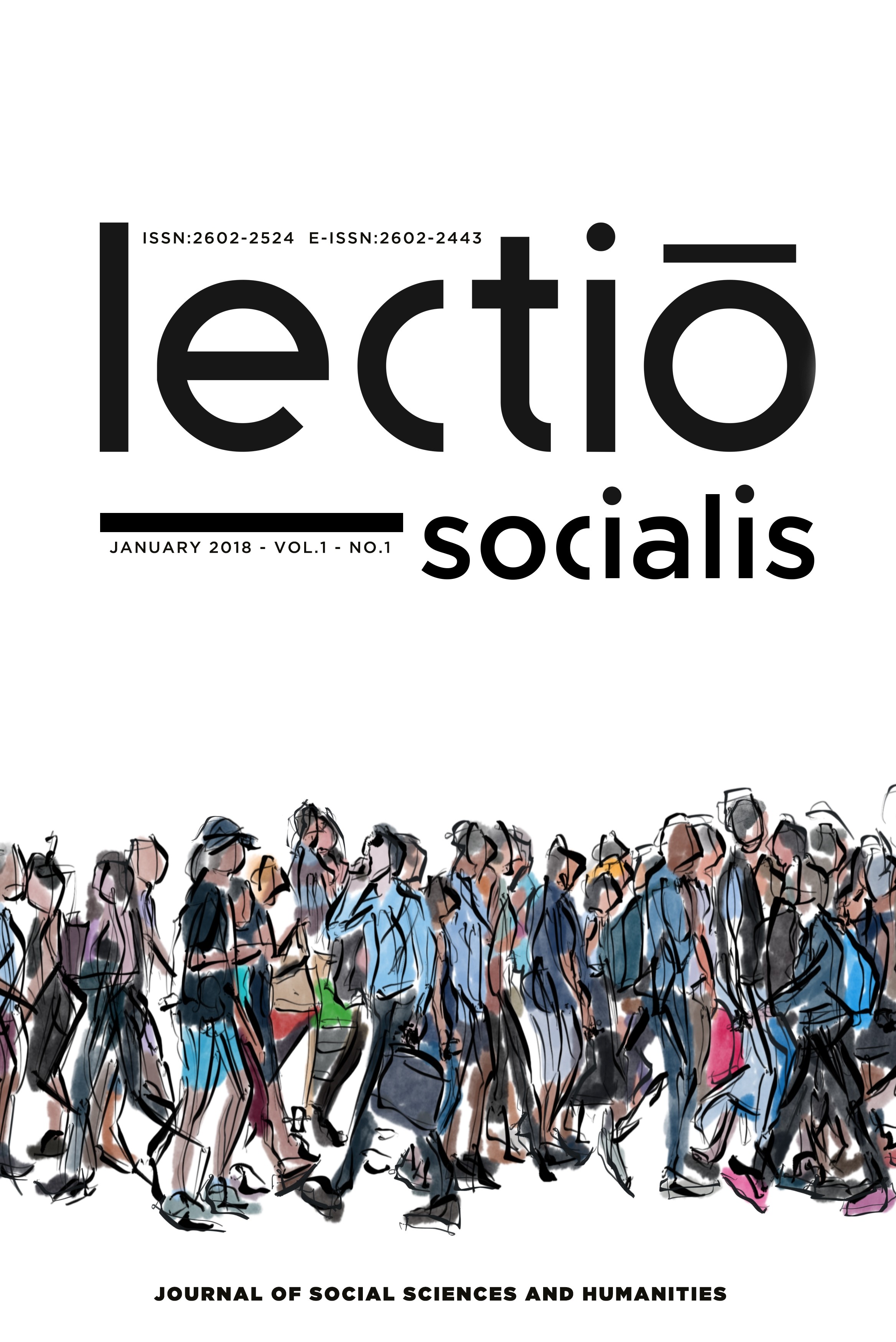Havacılıkta Güvenlik: Gerçek mi İllüzyon mu?
Güvenlik, Risk, Havacılık, Terör, Güvenlik Tiyatrosu
Aviation Security: Illusion of Safety or Reality?
Security, Risk, Aviation, Terror, Security Theater,
___
- Baylis, J., Smith, S. and Owens, P. (2008) The globalization of world politics: an introduction to international relations. Oxford: Oxford University Press.
- Beck, U. (1992) Risk society: towards a new modernity. London: Sage Publications. Crenshaw, W.A. (1988) 'Civil Aviation: Target for Terrorism', The Annals of the American Academy of Political and Social Science, 498 (1): 60-69.
- Frederickson, H.G. and LaPorte, T.R. (2002) 'Airport Security, High Reliability, and the Problem of Rationality', Public administration review, 62 (S1): 33-43.
- Harris, D.H. (2002) 'How to Really Improve Airport Security', Ergonomics in Design: The Quarterly of Human Factors Applications, 10 (1): 17-17.
- Istanbul Metropolitan Municipality (2010) Population and Demographics, http://www.ibb.gov.tr/sites/ks/tr-TR/0-Istanbul-Tanitim/konum/Pages/Nufus_ve_Demografik_Yapi.aspx, [assessed 04/22 2014].
- Johnston, V.R. and Nath, A. (2004) 'Introduction: Terrorism and Transportation Security', Review of Policy Research, 21 (3): 255-261.
- Justin V Hastings and Ryan J Chan (2013) 'Target Hardening and Terrorist Signaling: The Case of Aviation Security', Terrorism & Political Violence, 25 (5): 777.
- Le Pichon, X., Taymaz, T. and Sengör, A., (1999) 'The Marmara Fault and the future Istanbul earthquake', International conference on the Kocaeli earthquake, 41-54. Martin, G. (2013) Understanding Terrorism: Challenges, Perspectives, and Issues. (4th) London: Sage.
- Ministry of Public Order and Citizen Protection Greece (2013) Accident Statistics, http://www.mopocp.gov.gr/main.php?lang=EN&lang=EN, [assessed 04/21 2014].
- Nacos, B.L. (2007) Mass-mediated terrorism: the central role of the media in terrorism and counterterrorism. Lanham, Md: Rowman & Littlefield.
- Newton, K. and Van Deth, J.W. (2010) Foundations of comparative politics. Cambridge University Press. Ropeik, D. and Gray, G. (2002) Risk: A Practical Guide for Deciding What's Really Safe and What's Really Dangerous in the World Around You. New York: Houghton Mifflin.
- Russell, P.A. and Preston, F.W. (2004) 'Airline Security After the Event Unintended Consequences and Illusions', American Behavioral Scientist, 47 (11): 1419-1427.
- Schneier, B. (2012) Economist Debates: Airport Security, https://www.schneier.com/essay-395.html, [assessed 04/03 2014].
- Schneier, B. (2010) A Waste of Money and Time, https://www.schneier.com/essay-330.html, [assessed 04/03 2014].
- Schneier, B. (2009) Is Aviation Security Mostly for Show? https://www.schneier.com/essay-299.html, [assessed 04/03 2014].
- Schneier, B. (2008) The Psychology of Security, https://www.schneier.com/essay-155.html, [assessed 04/03 2014].
- Schneier, B. (2005) Airline Security a Waste of Cash, https://www.schneier.com/essay-096.html, [assessed 04/03 2014].
- Seidenstat, P. (2004) 'Terrorism, Airport Security, and the Private Sector', Review of Policy Research, 21 (3): 275-291.
- Shoshani, A. (2008) 'The drama of media coverage of terrorism emotional and attitudinal impact on the audience', Studies in Conflict and Terrorism, 31 (7): 627-640.
- Stewart, M.G. and Mueller, J. (2008) 'Assessing the risks, costs and benefits of United States aviation security measures', Centre for Infrastructure Performance and Reliability, University of Newcastle, Research Report, (267.04): 08.
- Szyliowicz, J.s. (2004) 'Aviation Security: Promise or Reality?', Studies in Conflict & Terrorism, 27 (1): 47-63.
- Transportation Security Agency Transportation Security Agency, http://www.tsa.gov/, [assessed 04/12 2014].
- Turkish National Police (2013) General accidents statistics, http://www.trafik.gov.tr/Sayfalar/Istatistikler/Genel-Kaza.aspx, [assessed 04/21 2014]. Weimann, G. and Winn, C. (1993) The theatre of terror: mass media and international terrorism. New York: Longman.
- Zack Phillips (2007) Security Theater. Washington: Atlantic Media, Inc.
- Başlangıç: 2017
- Yayıncı: Emrah Konuralp
Kalkınma Planları ve Yasal Çerçeve Kapsamında Kadın İşgücü: Türkiye Örneği
Hermes’in Eski Mısır ve Helen Dünyasından İslam Coğrafyası ve Anadolu’ya Yolculuğu
Türkiye’de Latin Harflerinin Kabulünün Romanya Gazetesine Yansımaları
Havacılıkta Güvenlik: Gerçek mi İllüzyon mu?
Trump’ın Ulusal Güvenlik Stratejisi ve Küresel Bazda Ortaya Çıkabilecek Yeni Riskler
